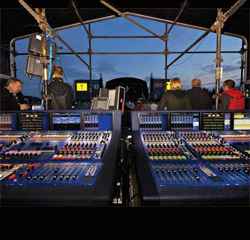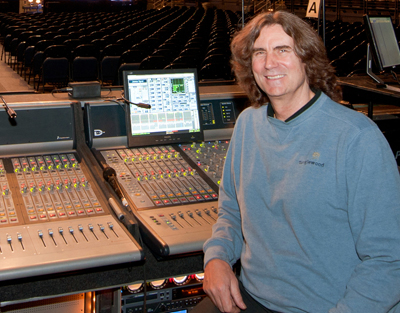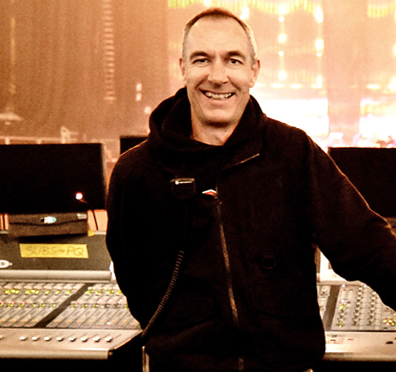
Noise Problems
As noted earlier, noise problems do arise, and the most common problem solver is inserting an isolation transformer into the signal path.
A transformer is a magnetic bridge that converts the audio signal into a magnetic field at the primary winding, employs a core made from laminated nickel, steel or a combination as a conduit for the magnetic field and then this excites a secondary winding which in turn generates current.
The beauty of a transformer is that the input and output are completely separate. This stops tray DC current from traveling between the input and output which helps eliminate the hum and buzz caused by so-called ground loops.
Morgan: “For years, Yamaha and Midas consoles did not like to be combined. One often needed to lift the AC ground on one of the desks and rely on audio ground only.
“As long as the consoles share the same AC and audio ground, transformer isolation is not usually necessary. If I’m unsure of the system AC ground, or if there is too much going on electronically at FOH, I do prefer inserting transformers.”
Madix: “I’ve had to use transformers occasionally when feeding to lawn delays and the system for the hearing impaired. For this, we use a box with two transformers, plus ground lifts.”
Both Warren and Natale note that they always carry transformers in their kits. Quakenbush adds: “Back in the day, I was the lawn guy for a large amphitheatre and always had pockets full of isolation transformers. I still have tons of in-line transformers in my workbox. They don’t come out a much as they use to, but I still use them for delay towers or sometimes when I sub another desk into mine.”
Averting Disaster
One of the most common concerns that folks have with digital technology is the stability of the console’s internal computer. Thus, adding a second console would seem to be a natural solution.
Interestingly enough, this no longer seems to be as prevalent as it once was. I was recently at a Bob Dylan concert and front of house engineer Jim Homan was working with a new digital console that was having some software conflicts. I asked him if he had a backup, and he said that he didn’t, but if he had to, he could quickly patch in the support band’s mixer and be up and running fairly quickly.
Warren echoes this approach: “In a touring situation, I would refuse to use a console that I felt needed a permanent instant backup option. On Radiohead at the moment, I have the opening act’s console loaded with my show and plug-ins in case of catastrophe, but it’s not online or standing by during the show.”
Morgan: “We carry a backup computer for the console, but I haven’t needed it in over six years.” Madix replied with the same sentiment. However, Natale had a different take: “I generally go analog for just that reason. I’m not prone to nearly as much instance of console failure as my much more daring counterparts that use digital consoles. When I do TV, I have to use a digital console and the only fail-safe (ha, ha) device is a UPS on the console.”
All of this to say…there are many ways to connect consoles together or to share the PA system. Most engineers carry line level isolation boxes in case noise is encountered, and today’s digital desks seem to be less problematic than they were just a few years ago.
Peter Janis is president of Radial Engineering, and has worked in professional audio for more than 30 years.


